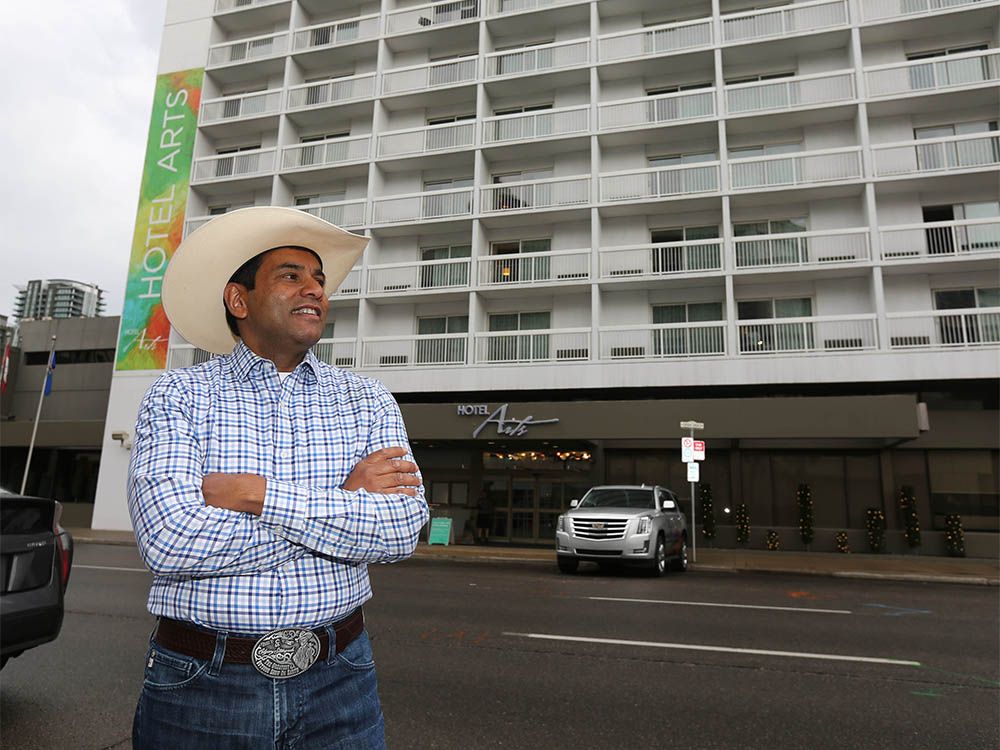Good suggestion, particularly with the caveat they could always adjust back if they need to. I'd imagine almost all boardings at Vic Park are to outside the free-fare zone in the North or South for the reasons you suggest, you probably wouldn't canabalize many tickets with converting to free-fare as these would all still be fare requiring
Overall, I'd like to see Calgary Transit get it together a bit. IMO as an outsider, it seems to be an agency that's become stagnant and not flexible/dynamic. Maybe it's celebrating the "most ridership of any North American LRT network" for too long thus reducing the pressure to innovate, maybe it's being in the all-consuming vortex of the Greenline saga for a decade, maybe it's because it's handcuffed by some invisible nuance of the political / bureaucratic structure , or maybe it's the long-term starvation of operating funding - perhaps a bit of all these - whatever it is, CT is leaving lots of opportunities on the table that would help the downtown core, and the wider city in general.
Apart from the inability to adapt quickly on free/low cost items, there's a bunch of other ones in recent years and decades that CT plays a role in, but didn't break the way that would favour transit users and transit-friendly city-building:
- No branding refresh since - forever?
- Fare app / card saga
- lackluster TOD development, poor station planning and restrictive station parking policies
- Continued low frequency trains and bus routes
- Continued construction of bus bays everywhere - the anti-bus infrastructure.
The Victoria Park Station rebuild is a specific example too. I 100% agree the station rebuild will be a better format today and the right move - but let's not forget the train lost grade separation through the process which will result in less operational reliability, more accidents, slower speeds. The trade-offs are definitely worth it, but transit speed and reliability are notably the losers here.
I might be off-base on this, but to me all this paints a picture of CT losing key battles where it's an impacted stakeholder. Of course - many/most of these complaints are not exclusively CT's fault, running a transit system is impossibly difficult in any city. But things like improving reliability, speed and trip time, frequency, accessibility - all these are words that you see other transit agencies live and breath, but doesn't seem to resonate here (beyond the planning documents at least).
/cloudfront-us-east-1.images.arcpublishing.com/tgam/63ZEH7PWKNCNFBXLYA5TOVVU44.JPG)
 www.theglobeandmail.com
www.theglobeandmail.com
 those are two of the most hostile streets in beltline, and also two of the most important. Turning those into two ways would dramatically boost the overall feel of beltline
those are two of the most hostile streets in beltline, and also two of the most important. Turning those into two ways would dramatically boost the overall feel of beltline/cloudfront-us-east-1.images.arcpublishing.com/tgam/63ZEH7PWKNCNFBXLYA5TOVVU44.JPG)





